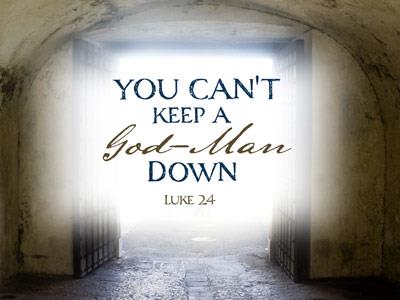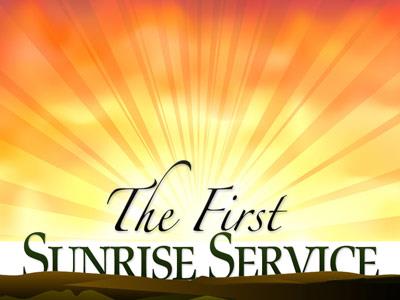-
Deleted Scenes From "The Passion Of The Christ"
Contributed by Jerry Shirley on Nov 28, 2017 (message contributor)
Summary: Your people saw the movie...it would be good for them to not the miss the tremendous truths found on the cutting room floor that will help bring it all together for them! Link included to PowerPoint.
The veil was a heavy curtain that blocked the entrance to the Holy of Holies in the
Jerusalem Temple, the place where the Ark of the Covenant was kept, symbolizing the
sacred presence of God. The Historian Josephus described the veil as an ornately decorated curtain, made of blue woven fabric.
Only one person ever traversed the veil, and that was the High Priest. He ventured into
the Holy of Holies just once a year, on the Day of Atonement, when he was permitted to
enter only to bring the blood of a sacrifice. The veil was of vital symbolic importance,
signifying “that the way into the Holy of Holies was not yet made manifest” (Hebrews 9:8).
In other words, it was a constant reminder that sin renders humanity unfit for the presence of
God.
Hebrews 9:11-12
But Christ being come an high priest of good things to come, by a greater and more perfect tabernacle, not made with hands, that is to say, not of this building; [12] Neither by the blood of goats and calves, but by his own blood he entered in once into the holy place, having obtained eternal redemption for us.
The tearing of the curtain at the moment of Jesus’ death dramatically symbolized that His sacrifice was a sufficient atonement for sins forever, and the way into the Holy of Holies was now open.
The entire Levitical system of rituals, animal sacrifices, even the priesthood itself were done away in the moment of His death. The redeemed now had free and direct access to the throne of grace without the need for priest or ritual (cf. Hebrews 4:16).
The tearing of the curtain from top to bottom signified that it was God Himself who
removed the barrier. He was in effect saying, “My Son has removed this veil and eliminated
the need for it, through a single, perfect, once-for-all sacrifice that cleanses the redeemed
from their sins forever. The way into my Holy presence is now open to every believer and
the access is free and unobstructed.”
At the moment the tearing of the veil occurred, the Temple was packed with worshipers
who were there for the killing of their Passover lambs. By God’s design, it was in the very
hour that those thousands of lambs were being slain that the true Passover Lamb died. He
was the real Lamb whom all the others merely symbolized.
The Temple itself would be completely destroyed when Titus sacked
Jerusalem. But the true end of the Old Testament sacrificial system occurred not with the
destruction of the Temple in A.D. 70, but here at the moment of Jesus’ death, when God
sovereignly declared Christ’s death a sufficient sacrifice for sins forever, by supernaturally
splitting the Temple veil from top to bottom.
THE EARTH SHAKEN
Another miracle also occurred at the exact moment of Christ’s death. “And the earth
did quake, and the rocks rent” (Matthew 27:51). An earthquake powerful enough to split
rocks would be a significant temblor. (The crowd in the temple probably assumed the earthquake was the cause of the tearing of the veil.) Such a powerful quake would be a frightening experience for everyone in the region of Judea. Although earthquakes were a fairly common phenomenon, an earthquake with enough force to split rocks would have instantly brought the entire city of Jerusalem to a halt for several minutes.

 Sermon Central
Sermon Central



